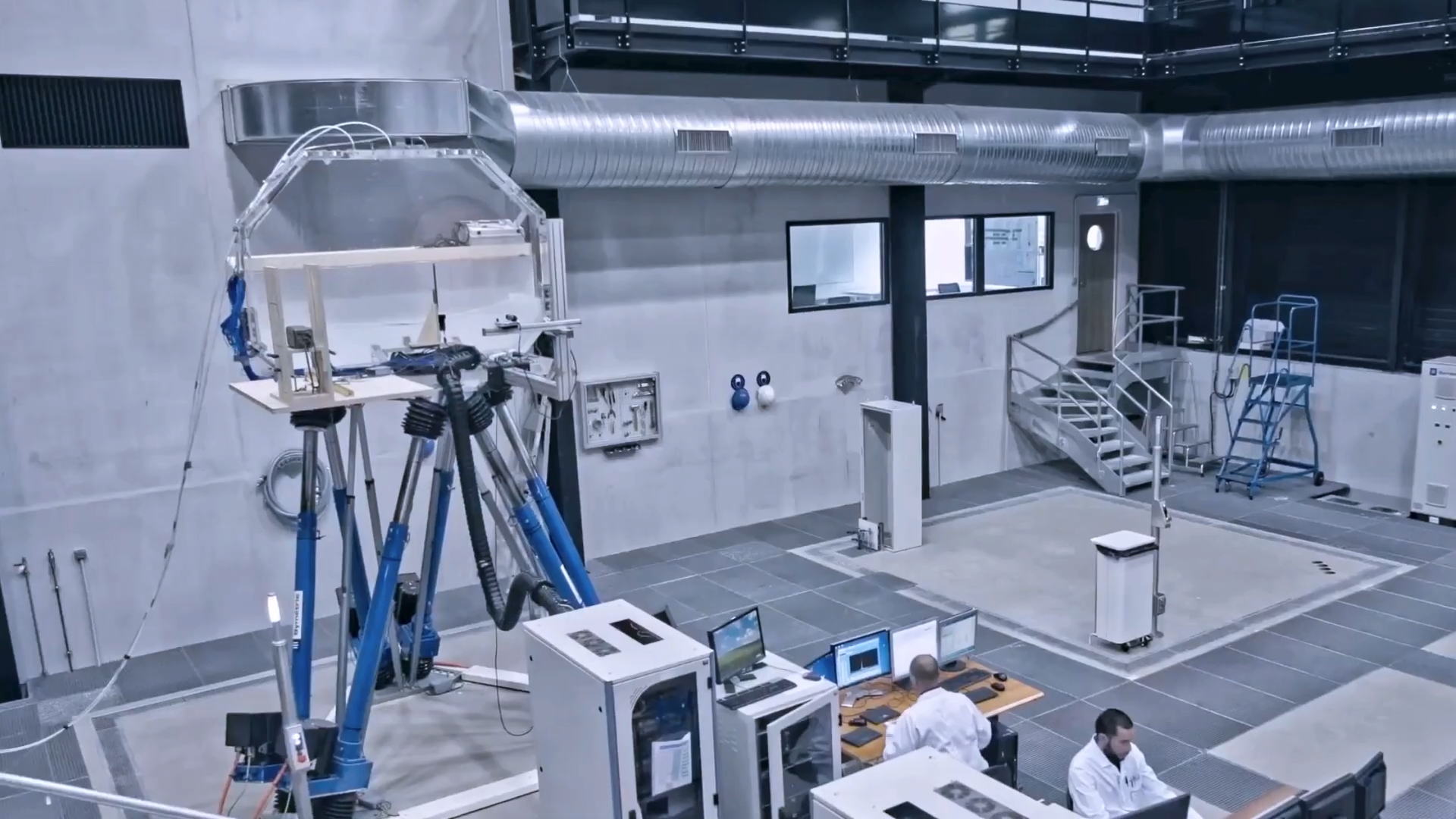This story requires a subscription
This includes a single user license.
GTT received the approvals in principle from Lloyd’s Register and Bureau Veritas during the Gastech conference in Houston last month.
According to GTT, by integrating three cargo tanks against four traditionally, this design allows for the same quantity of LNG to be delivered annually while reducing fuel consumption thanks to a lower optimized cruising speed.
Developed by GTT, the three-tank design also allows a lower boil-off rate than the standard 174,000-cbm design and shortens shipyard construction times, GTT claims.
With reduced capital and operational costs, this solution also enables shipowners to decrease unit transport costs by about 5 percent as well as CO2 emissions by around 20 percent, the firm said.
Mark III ‘multifuel-ready’ technology
In addition to this LNG carrier concept, GTT received three AiPs paving the way for using ammonia and methanol as alternative fuels for LNG-powered ships equipped with the Mark III system.
GTT said this allows shipowners to prepare their vessels for future conversion without major structural modifications.
GTT received two certifications from ABS and BV for its ‘ammonia-eady’ rating, confirming the viability of using ammonia as an alternative fuel.
The company also received certification from BV for its ‘methanol-ready’ rating, offering flexibility for the adoption of methanol in line with market needs.
1 barg tank design
GTT also announced in a separate statement the first implementation of a 1 barg tank design pressure for a recently ordered series of twelve LNG-fuelled container vessels fitted with its Mark III Flex technology.
The firm said it is collaborating with an Asian shipyard on this development.
GTT recently won an order from HD Korea Shipbuilding & Offshore Engineering to design the tanks of CMA CGM’s 12 LNG-powered containerships.
According to GTT, this new application establishes a new standard for the use of its Mark III Flex technology in LNG fuel tanks, allowing operations at a pressure of up to 1 barg, compared to the current maximum of 0.7 barg.
Having already implemented a 2 barg design pressure on smaller capacity fuel tanks already in operation, this is the first time a higher design pressure level will be implemented on larger capacity tanks (>3.000 cbm), providing “significant” advantages for shipowners.
The advantages include increased pressure holding time.
The 1 barg design pressure enhances LNG tank performance by offering very large pressure operational range, thus improving holding time and avoiding unnecessary gas burning during periods of low activity, GTT said.
Also, the advantages include bunkering LNG with warmer temperatures.
GTT said this technology facilitates the bunkering of LNG at higher temperatures, enabling vessels to source fuel from a wider range of suppliers, including those with higher pressure, warmer LNG.
This innovation will enable LNG-powered vessels to comply with upcoming port regulations on cold ironing at the quayside, such as the FuelEU Maritime initiative, it said.
GTT noted that thanks to the very low boil-off rate of Mark III Flex technology and the increased holding time of the 1 barg design, shipowners will be able to halt LNG consumption and rely exclusively on shore-side electricity.

